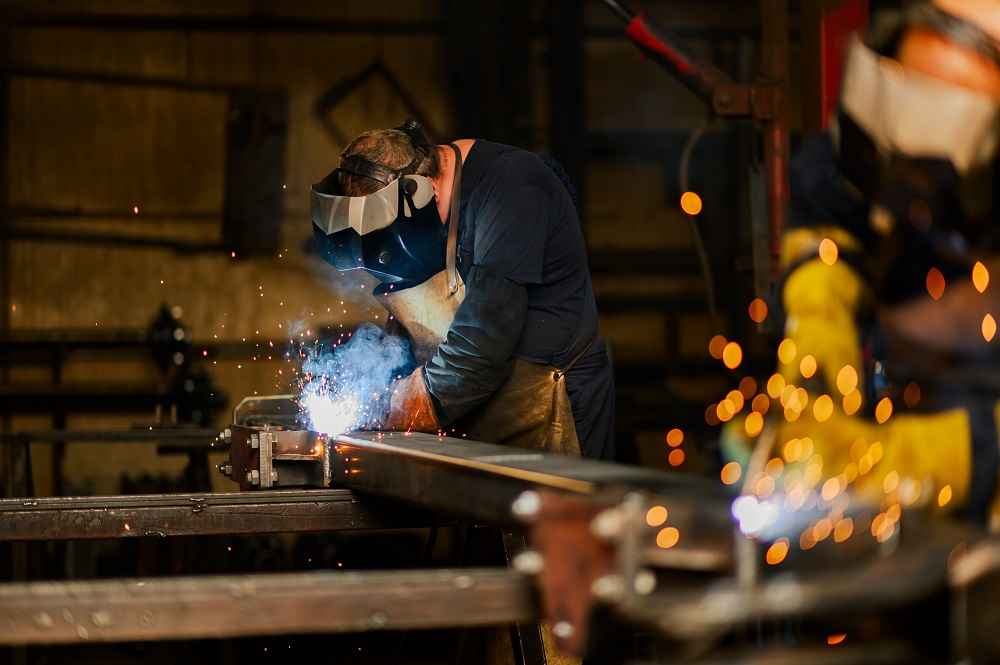Construction sites are dynamic environments where workers are exposed to various hazards on a daily basis. Ensuring the safety and well-being of construction workers is paramount to prevent accidents and injuries. Construction safety clothing plays a crucial role in protecting workers from potential hazards such as falls, impacts, cuts, and chemical exposure. In this article, we explore the importance of construction safety clothing and highlight key considerations for selecting and using these essential garments.
Construction safety clothing not only protects workers from physical harm but also enhances their visibility on the job site. High-visibility vests, for example, make workers more conspicuous, reducing the risk of accidents involving moving equipment or vehicles. Additionally, safety clothing can instill a sense of confidence and security among workers, leading to increased productivity and morale.
The Importance of Construction Safety Clothing
Construction safety clothing serves as the first line of defense against workplace hazards, providing vital protection to workers in challenging environments. High-visibility vests, hard hats, safety gloves, steel-toed boots, and protective eyewear are some common examples of safety clothing worn by construction workers. These garments are designed to withstand the rigors of the construction site while offering comfort, durability, and compliance with safety regulations.
One of the primary benefits of construction safety clothing is its ability to minimize the risk of injuries and fatalities. For example, steel-toed boots can protect workers’ feet from falling objects or puncture hazards, while hard hats can prevent head injuries caused by impacts or falls. Additionally, high-visibility vests enhance worker visibility, reducing the likelihood of accidents involving moving equipment or vehicles.
Selecting the Right Safety Clothing
When selecting construction safety clothing, several factors should be considered to ensure adequate protection and comfort for workers. Firstly, garments should be appropriate for the specific hazards present in the work environment. For instance, workers exposed to chemicals may require specialized protective clothing made of chemical-resistant materials.
Secondly, safety clothing should fit properly and allow for freedom of movement to perform tasks safely and efficiently. Ill-fitting or restrictive garments can impede mobility and contribute to workplace accidents. Therefore, it’s essential to choose sizes and styles that accommodate the wearer’s body shape and job requirements.
Proper Use and Maintenance
Equally important as selecting the right safety clothing is ensuring proper use and maintenance. Workers should receive training on the correct usage of safety garments and understand their limitations. For instance, fall protection harnesses must be properly fitted and anchored to prevent falls from heights.
Regular inspection and maintenance of safety clothing are essential to identify any signs of wear, damage, or degradation. Damaged garments should be promptly repaired or replaced to maintain their effectiveness in protecting workers. Additionally, cleaning and storing safety clothing according to manufacturer recommendations can prolong their lifespan and integrity.
Emerging Trends in Construction Safety Clothing
Advancements in textile technology and manufacturing processes have led to the development of innovative construction safety clothing solutions. For example, breathable and moisture-wicking fabrics enhance worker comfort in hot and humid conditions, while flame-resistant materials provide protection against fire-related hazards.
Furthermore, smart clothing embedded with sensors and monitoring devices allows for real-time tracking of workers’ vital signs and environmental conditions. These technologies enable proactive risk management and emergency response, enhancing overall safety performance on construction sites.
Conclusion
Construction safety clothing plays a pivotal role in safeguarding the well-being of workers in hazardous environments. By providing essential protection against workplace hazards, proper selection, use, and maintenance of safety clothing are essential aspects of construction site safety management. As technology continues to evolve, the future of construction safety clothing holds promise for even greater advancements in worker protection and risk mitigation. Investing in high-quality safety clothing not only protects workers but also contributes to the overall success and sustainability of construction projects.


